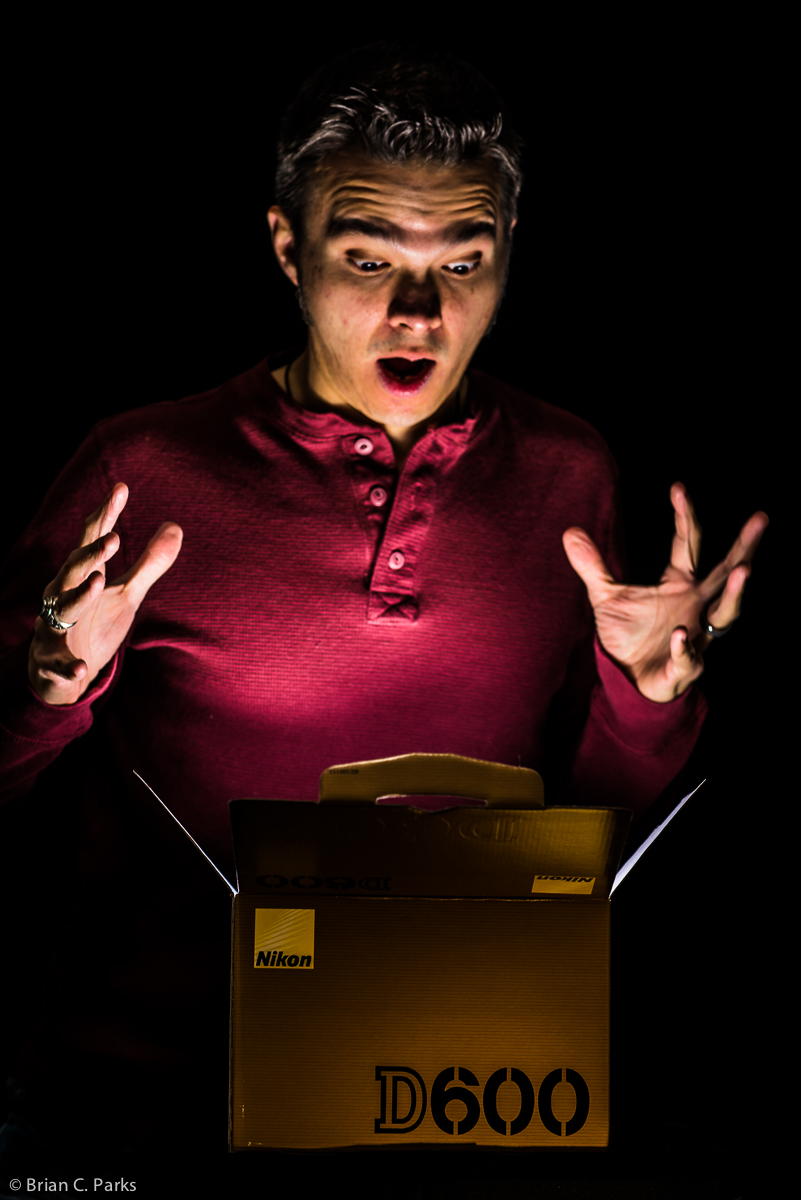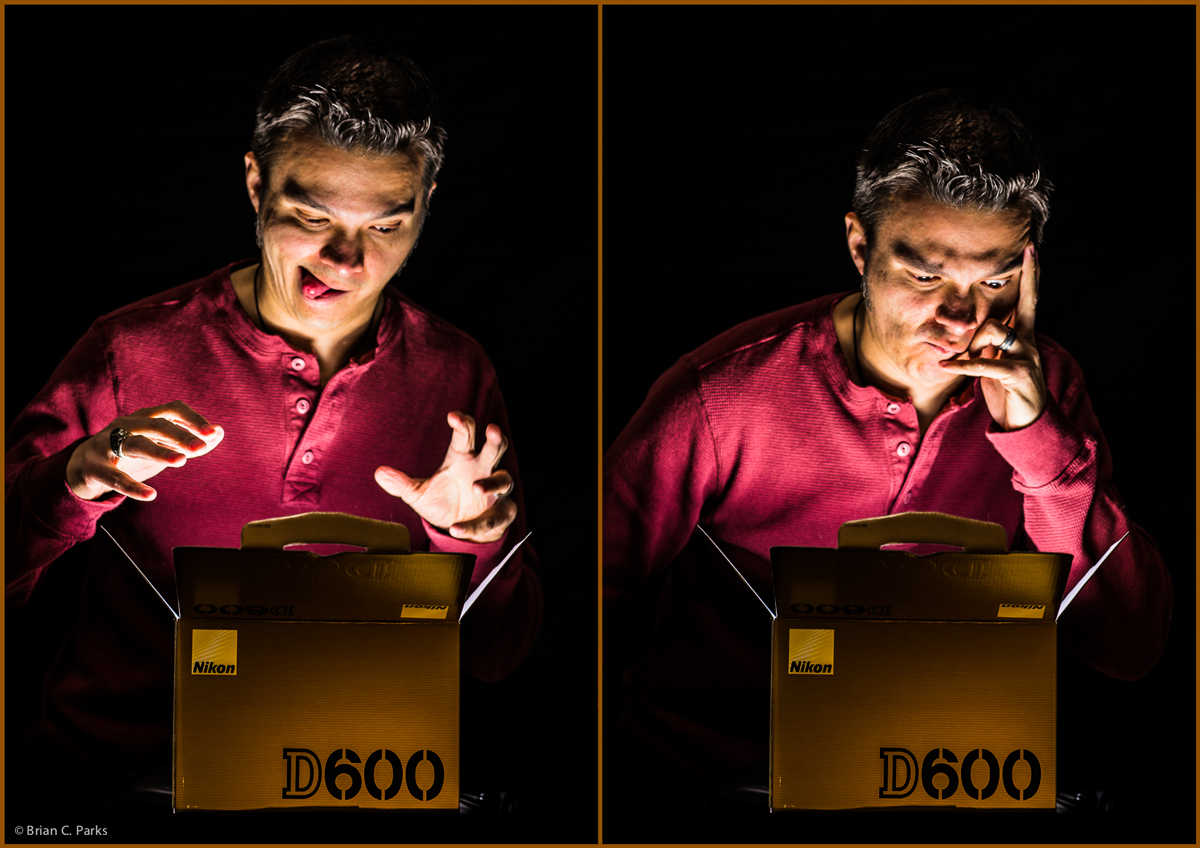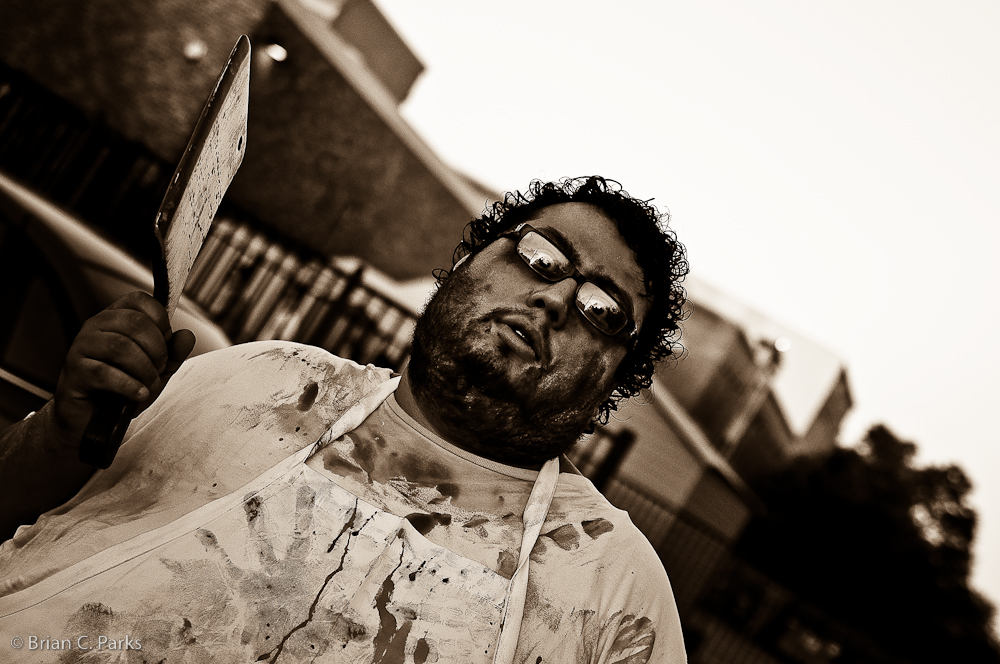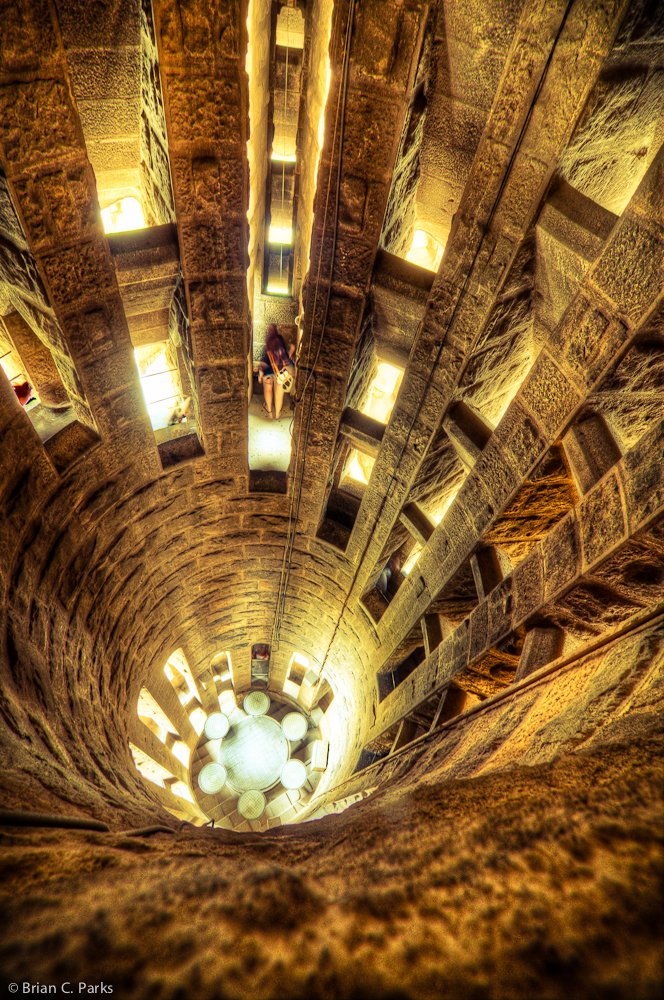So here it is at last, the unboxing and early review of Nikon’s newest model and most affordable full frame camera, the D600. Serving as a bridge between the pro shooter and “pro-sumer,” the D600 includes many of the features from the more expensive D800 all packed into the body of a D7000.

This isn’t going to be a traditional review, and you’ve all surely read up on the specs extensively from much more tech-y websites. It’ll mostly be a comparison to my previous camera, the Nikon D90. I will, however, address my own personal reasons for choosing the D600 over Canon’s rival full frame camera, the 6D (not the least of which is the fact that I have so much money invested in Nikon already).
First thing’s first, though much lighter and smaller than the D800, the D600 has a little more heft than the D90 and feels a lot more solid. The clunk of the shutter sounds a lot cooler, too, though not nearly as noisy as the D800’s shutter (even when the D800 is on Quiet mode!). It’s pretty discreet when on Quiet mode, for that matter.
Awesomeness:
- Two SD card slots (for shooting overflow, backup, or JPG copies)
- Exposure bracketing to +/- 3 EV (giving me an extra +/- 1 EV over the D90’s capabilities)
- The extra megapixels capture a huge amount of detail compared to the 12.3 MP D90 (this, combined with the extra EV boost, give my HDR images a much more natural and noiseless look)
- The 39-point AF system, though limited in its scope, is much more intuitive and easier to navigate than the 11-point system
- Though it doesn’t have the 91,000 pixel 3D Color Matrix Metering III system that’s on the D800, the 2,016 pixel sensor is still a huge improvement over the 420-pixel system on the D90
- ISO sensitivity from ISO 50 to 25600 and better low-light handling is so much better than the ISO 6400 cap on the D90 (my HDR images have a very noticeable lack of noise now)
Nitpicks (or things I haven’t figured out how to change yet):
- The back LCD monitor can only be accessed via the INFO button (unlike on the D90 where rotating the power button all the way right to the light bulb would turn it on)
- I can still only bracket a max of 3 exposures (which doesn’t matter too much when shooting handheld for HDR, but if I’m on a tripod, it would be nice to bracket at least 5 exposures)
- When set to overflow, the remaining picture count does not encompass both SD cards (I want to know the total number of pictures I have left without having to switch back and forth between cards in the INFO screen)
- Despite having 39 AF points, they’re all rather clustered towards the middle third of the viewfinder (though, from what I understand, this is something familiar to all full frame cameras)
Here are a few of the key selling points (and even a few disadvantages) of the D600 compared to Canon’s comparable 6D:
Nikon D600 vs Canon 6D:
- 39-point AF system vs. 11-point AF system
- 24.3 megapixels vs. 20.2 megapixels
- 2 SD card slots vs. 1 SD card slot
- High-speed shooting of 5.5 fps vs. 4.5 fps
- 3D Color Matrix Metering II (2,016 pixel RGB sensor) vs. 63-zone, dual-layer iFCL metering sensor (Nikon still has the edge with their metering system, despite Canon finally taking color into account with theirs)
- ISO from 50-25600 vs. 50-102400 (Canon has the edge on the higher ISO range, though performance that high might be horrendous for all I know)
- 900k+ LCD resolution vs. 1,000,000 pixel resolution (a slight advantage on the 6D)
- No built-in wi-fi (though an inexpensive unit can be purchased – Nikon WU-1b Wireless Mobile Adapter for Nikon D600 Digital SLR
) vs. built-in wifi (again, kudos to Canon)
- Live View doesn’t update to reflect changes to aperture, shutter speed, or ISO which is a huge inconvenience if you’re shooting in a low-light (not to mention a no-light!) studio setting vs. Canon’s much more intuitive Live View interface (Canon has a huge advantage here over Nikon models)
Though, I purchased my D600 from B&H Photo bundled with the 24-85mm lens and a few other goodies, here’s an easy Amazon link: Nikon D600 24.3 MP CMOS FX-Format Digital SLR Camera with 24-85mm f/3.5-4.5G ED VR AF-S Nikkor Lens.
Okay, so I totally lied. This became a much more spec-driven review than I thought it would… anyway, general impression is that the Nikon D600 is a pretty great “little” camera, and with its bundled-with-a-lens price currently being right around the same as just the Canon 6D body, it’s a no-brainer in my opinion (if you’re a Nikon user already).

Okay, I wanted to spend a little time explaining the shot above, but I’ll keep it short since my “quick” review went on and on… It turned out pretty much how I envisioned it in my head (which is a rarity).
It’s all continuous light from a fluorescent ring flash set up inside a black box underneath the D600 box (which was unfolded on the bottom because the ring light was too big to actually fit in the box) and a flashlight (no, it wasn’t a high-powered xenon flashlight for you Psych fans out there) mounted to a light stand (and pointed at a gold reflector).
It was easy enough getting the light to come out of the box, but it was tricky getting the flashlight to reflect just right and light up the “D600” part of the box.
Here’s a quick shot of the setup below:

Here are a few more outtakes that I posted to my flickr.






1 Comment
[…] battery grip just arrived for the new Nikon D600 (my initial review of it can be found here) and I feel like I can breathe again! The added battery power and vertical grip are something I […]